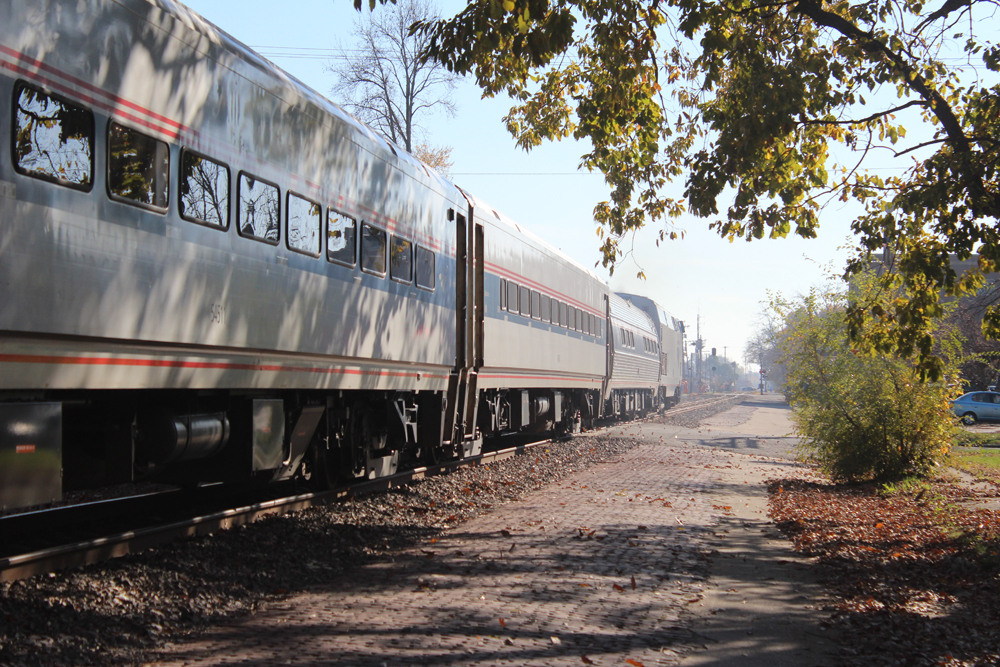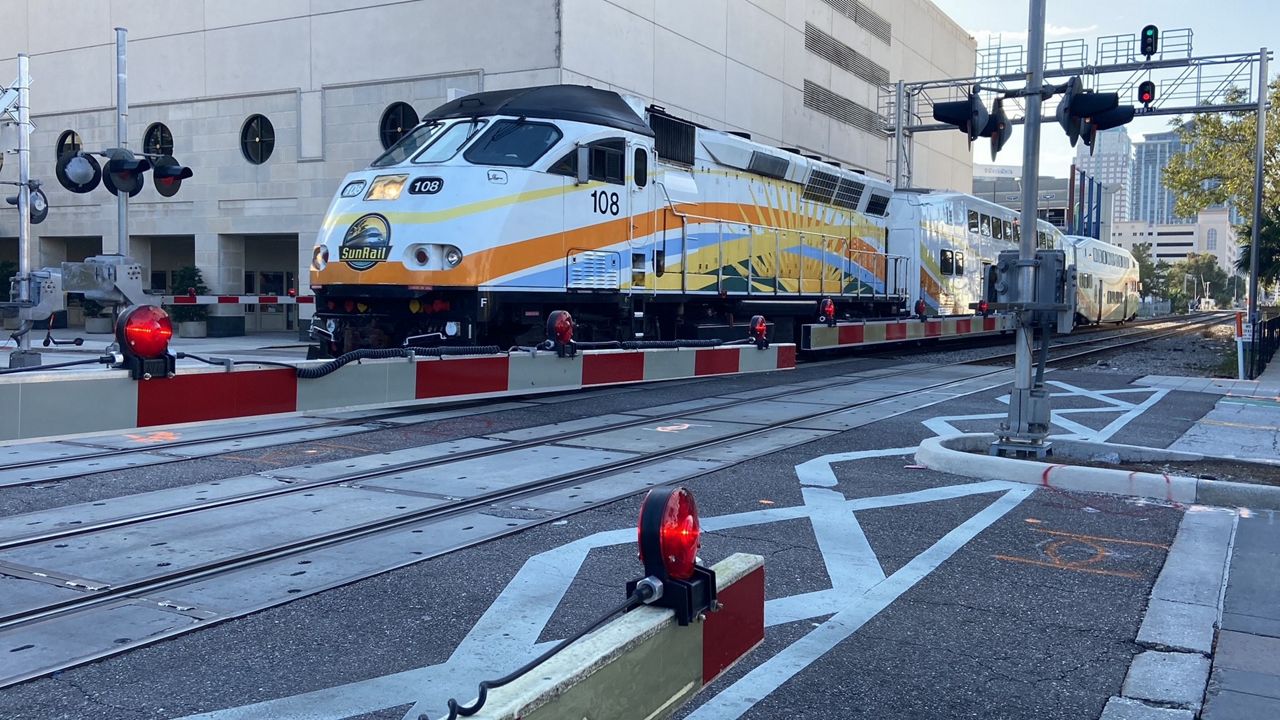The discussion re Horizons on railroad.net mentions coach steps a number of times as being subject to un-remediated corrosion. Is it possible these are steel construction?
In any case, we see once again the consequences of “lean” practices colliding with insufficient industrial and capital capacity, which means thanks to previous issues like unplanned Talgo withdrawal, other than ancient Amfleets and the like there are little if any spare coaches to fill these gaps, which in turn is leading to capacity reductions and cancellations, just as we see LRCs continuing to be desperately needed up here on corridor and the LD fleet being stretched through lack of certain coach types.











